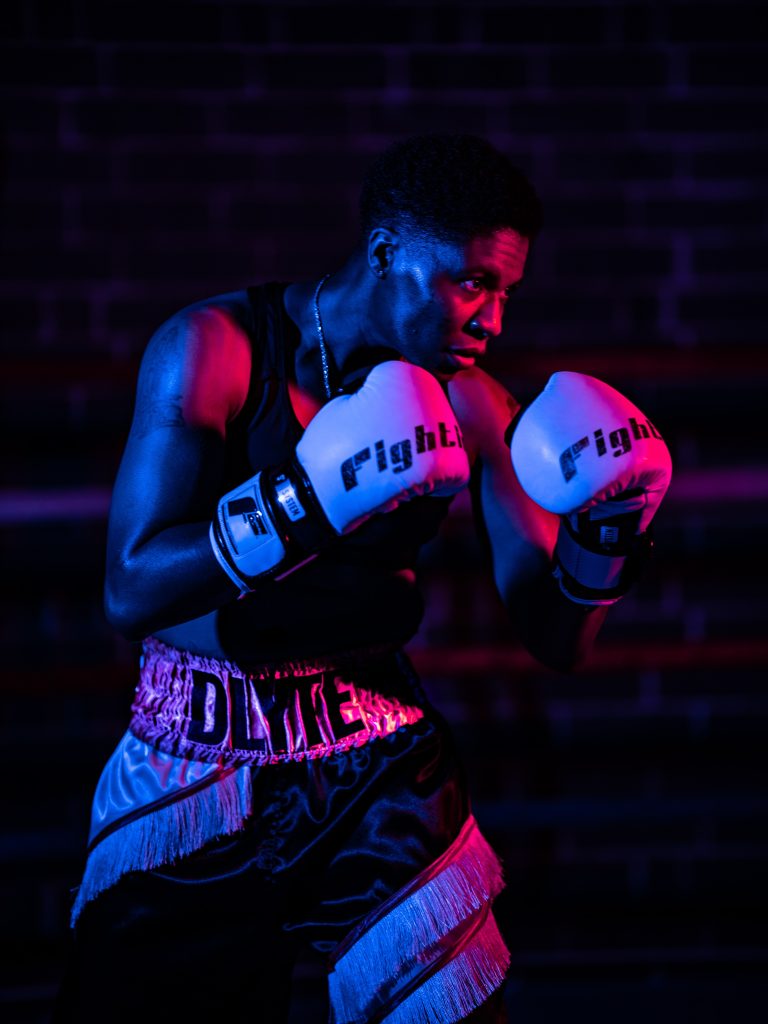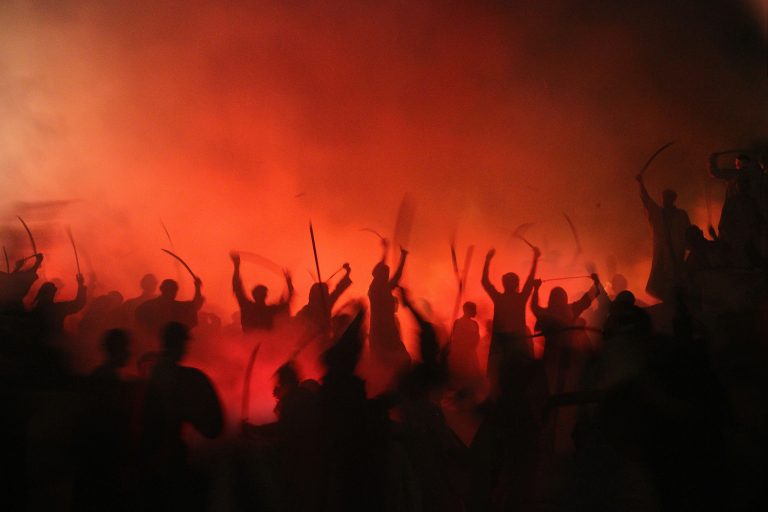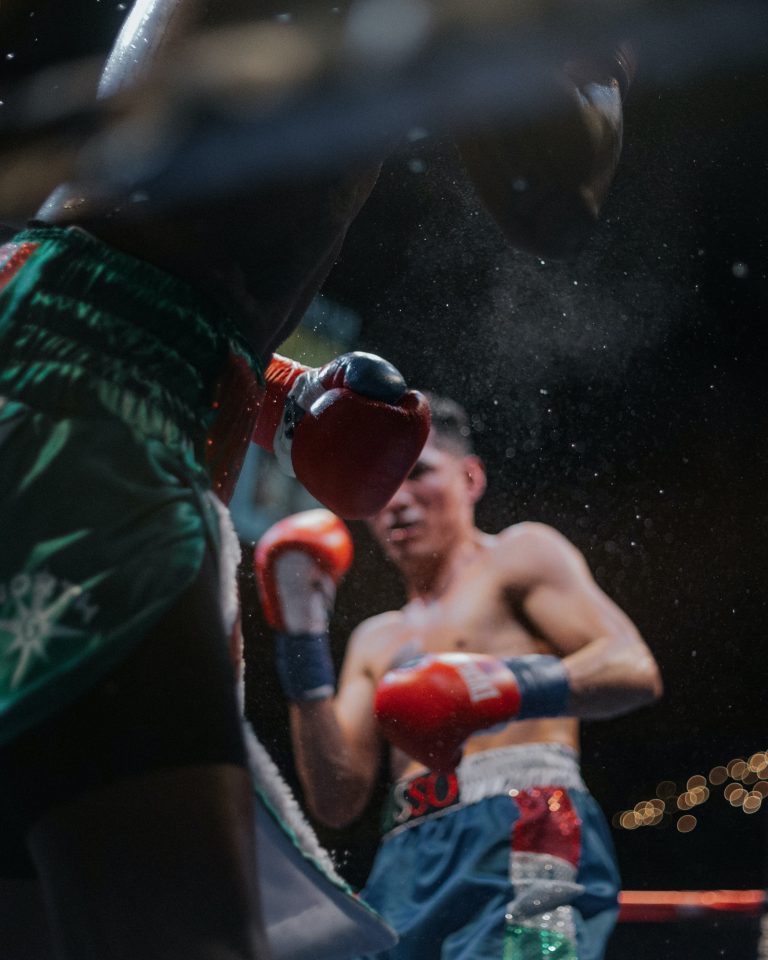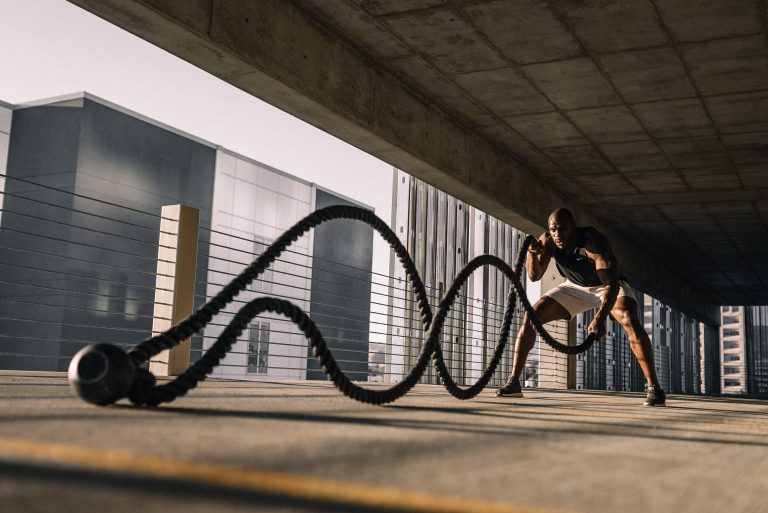What To Say In Karate: A Beginner’s Guide
Karate is not just a physical activity, but an art that involves discipline, focus, and respect. A critical aspect of practicing karate is to understand and use the appropriate terminology. It is important to learn the right words, phrases, and expressions to use when training or competing in karate. In this blog post, we will discuss the essential words and phrases that every beginner in karate should know.
Terminology for Basic Movements
The basic movements in karate have their names, and it is essential to learn them as they form the foundation of karate techniques. Some of the basic techniques in karate include:
Stance
The proper stance is critical in karate. The term ‚dachi‘ refers to the position of the feet, which determines the balance, power, and stability during a karate technique. Some of the significant stances in karate include:
– Heisoku Dachi: This stance involves standing with your feet together, parallel to each other, with your hands relaxed by your sides.
– Heiko Dachi: This stance involves standing with your feet shoulder-width apart, toes pointed slightly outward, and hands relaxed by your sides.
– Zenkutsu Dachi: This stance involves stepping forward with one foot while the other remains in the starting position with a distance between them. The front foot should have the toes pointed forward, and the back foot at a 45-degree angle.
Blocks
Blocks refer to the techniques used to defend against an attack. Beginners must learn the different types of blocks and their respective names, such as:
– Age Uke: This is an upward block that defends against high attacks, such as punches and strikes to the head.
– Gedan Barai: This is a downward block that defends against low attacks, such as kicks to the legs.
Terminology for Sparring and Techniques
Apart from the basic moves, karate also includes sparring and advanced techniques. Some of the terminology that a beginner should learn include:
Kumite
This is a term for sparring, which is essential in karate. The term Kumite refers to choreographed sparring while Jiyu Kumite means Free Sparring. Kumite involves attacking, defending, and counterattacking while maintaining proper form and control.
Kata
Kata is a sequence of movements that represent the techniques used in karate. Kata requires extensive practice to perfect the movements, blocks, and strikes. Each kata has its unique name, and the practitioner must know its respective name to perform it correctly.
Tsuki
This is a punch in karate. The practitioner must know the different types of punches, including:
– Oi-Zuki: This is a lunge punch where the practitioner steps forward and punches with the back hand towards the opponent.
– Gyaku-Zuki: This is a reverse punch where the practitioner punches with the front hand towards the opponent.
Terminology for Respect and Discipline
Respect and discipline are essential components of karate. Learning the right terminology for respect and discipline will help beginners understand the principles of karate. Some of the critical words and phrases that every beginner must know include:
Rei
This term refers to the bow that involves placing the hands at the sides, then bowing the head forward as a sign of respect to the dojo, sensei, or training partners.
Sensei
The term Sensei refers to the instructor or teacher in karate. It is a word that commands respect and must be used when addressing the teacher.
Osu
Osu is a word that has multiple meanings in karate, such as respect, discipline, and perseverance. It is often used as a greeting or as a way to express gratitude.
Frequently Asked Questions: What to Say in Karate
Karate is a martial art form that has its roots in Japan. It is a form of self-defense that teaches you various techniques to defend yourself from an attacker. However, apart from learning the techniques, you also need to learn the proper terminologies used in karate. Not only do these terminologies help you in communicating with your instructor, but they also help you in understanding the techniques better. In this blog post, we will answer some of the frequently asked questions on what to say in karate.
What is the significance of learning karate terminologies?
Learning karate terminologies is an essential part of learning karate. When you learn karate terminologies, you have a better understanding of the techniques and what they aim to do. Moreover, if you are learning karate in a class, communicating with your instructor or fellow students becomes easier. Knowing the terminologies also adds authenticity to your practice.
What are some of the standard karate terminologies?
Here are some of the standard karate terminologies used in various karate styles:
- Karate-do: It is a Japanese term that means „the way of karate.“ It is the practice of karate as a martial art form.
- Kiai: It is a loud shout that is used to summon one’s inner strength during an attack.
- Kata: It is a series of predefined movements that simulate an actual fight sequence. Practicing katas helps in refining the techniques.
- Dojo: It is a training hall where martial arts are practiced.
- Gichin Funakoshi: He is the founder of Shotokan Karate style that many other karate styles have based their training on.
- Sensei: It is a Japanese term that means „teacher“ or „instructor.“
How to pronounce the karate terminologies?
Karate terminologies are mostly pronounced in Japanese. Here are some of the standard karate terminologies and their pronunciations:
- Karate-do: kah-rah-tay doh
- Kiai: kee-eye
- Kata: kah-tah
- Dojo: doh-joh
- Gichin Funakoshi: ghee-cheen fu-nah-koh-shee
- Sensei: sen-say
How can I remember the karate terminologies?
One of the essential aspects of learning karate terminologies is to practice regularly. You can incorporate these terminologies into your daily practice by saying them out loud before every technique. You can also try to use them in your day-to-day conversations with your fellow karate students or instructor. Another effective method is to write down these terminologies in a journal, along with their meanings and pronunciations, to help you remember them easily.
Are there any other essential terms that I should know in karate?
Apart from the standard terminologies, there are some other essential terms that you should know in karate. These include terms like „Uke“ (the one who receives the technique), „Tori“ (the one who performs the technique), „Makiwara“ (a striking board used to train punching techniques), and „Obi“ (a belt that represents a student’s level of proficiency).
What to Say in Karate: A Step-by-Step Guide
Introduction
Karate is a martial art that originated from Okinawa, Japan. It is known for its diverse range of strikes and kicks and requires a lot of focus, discipline, and respect. One essential aspect of karate is its use of terminology, which plays an important role in communication between students and instructors. In this guide, we will go through the fundamental terminologies used in karate and how to use them appropriately.
Step 1: Understanding the Basics
Before we dive into the specifics, it’s crucial to know the basic terminology used in karate:
1. Karate-do: It is the way of karate, which encompasses the physical, mental, and emotional aspects of the art.
2. Karateka: A person who practices karate.
3. Kata: It is a sequence of movements that represents various attacking and defensive techniques.
4. Kumite: A sparring practice between two karateka.
5. Sensei: A teacher or instructor.
6. Dan: A ranking system that determines a karateka’s level of knowledge and experience.
7. Kiai: A sharp, loud shout used to focus the mind, release tension, and intimidate an opponent.
Step 2: Greetings and Protocol
In karate, it’s common to greet fellow karateka and instructors in Japanese. Here are a few basic greetings:
1. Onegaishimasu: Means „please“ or „I request of you.“ It is used while bowing to an opponent at the start of a match. It is also used when entering and leaving the dojo, as a sign of respect towards the training space and other karateka.
2. Arigato gozaimashita: Means „thank you very much“ and is used to show gratitude towards an instructor or fellow karateka after training.
3. Osu: It is a shortened version of the phrase „Oshi Shinobu,“ which translates to „perseverance under pressure.“ It is often used as an affirmation or acknowledgement during training.
Step 3: Basic Karate Techniques
In karate, there are specific names for different stances, strikes, and kicks. Here are a few of the most common techniques used in the art:
1. Seiken: A straight punch using the first two knuckles.
2. Tate Tsuki: A vertical punch aimed at the opponent’s upper body.
3. Mae Geri: A front kick aimed at the opponent’s midsection.
4. Gedan Barai: A downward block used to deflect low kicks or strikes.
5. Hiza Geri: A knee strike aimed at the opponent’s midsection.
Step 4: Belt Rankings and Titles
In karate, the color of one’s belt is an indication of their level of experience and skill. There are several different levels of ranking in karate, with the most common being:
1. White Belt: A beginner level rank.
2. Yellow Belt: Indicates that a student has progressed beyond the beginner level.
3. Green Belt: Indicates a more advanced level.
4. Brown Belt: Indicates an expert level.
5. Black Belt: The highest achievable rank in karate.
Moreover, titles are also used in karate to show respect and hierarchy:
1. Sempai: A senior student who acts as a mentor for junior students.
2. Kohai: Junior students who are mentored by seniors.
3. Shihan: A master instructor who has achieved the level of 8th Dan or higher.
Step 5: Conclusion
Karate is more than just a physical art, it’s also based on respect, discipline, and understanding. Learning the right terminology is crucial in communicating effectively with fellow karateka and instructors. Hopefully, this guide has given you a basic understanding of the language used in karate and how to use it appropriately. Remember, practice makes perfect, and with time, you’ll become fluent in speaking the language of karate.
Inhaltsverzeichnis






